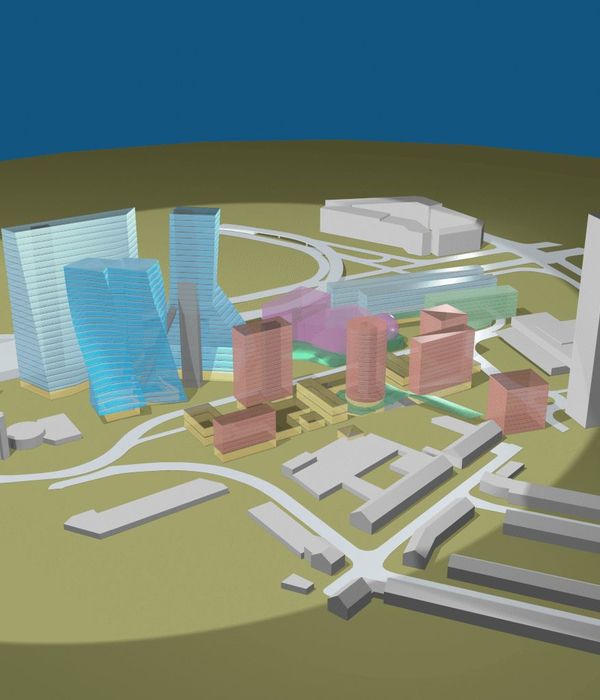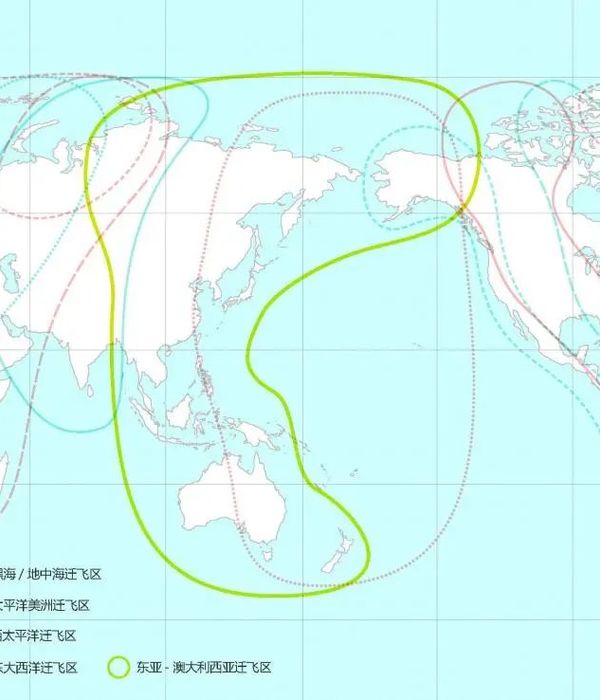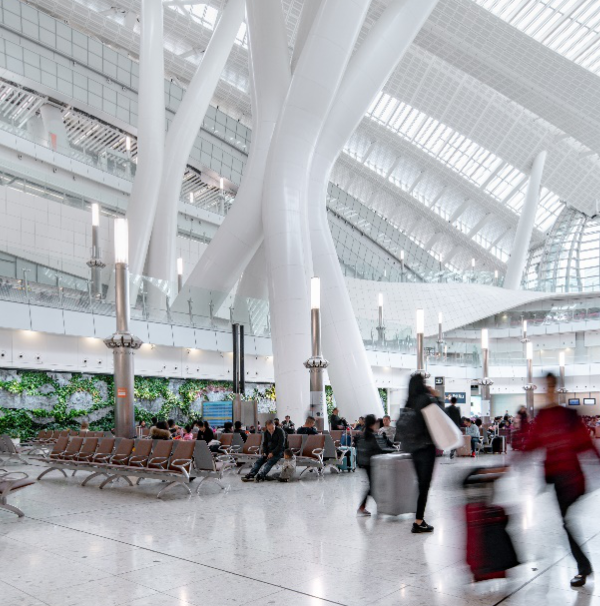Sustainability is a crucial social objective to ensure the long-term coexistence of humanity on our planet. In our current era, we find ourselves in a unique position with abundant materials at our disposal, prompting a re-evaluation of historical practices where people utilized fewer resources to achieve more. The palm tree serves as a remarkable illustration of sustainable resource utilization, having played a pivotal role in sustaining a wide array of human activities, including providing shelter, nourishment, and many other essential functions.
In Emirati culture, the palm tree is significant in construction and crafts, serving as a versatile resource for many applications. Its various components are ingeniously utilized to create essential structures and a wide range of traditional crafts, reflecting the resourcefulness and deep-rooted heritage of the Emirati people. ‘Of Palm’ is an architectural pavilion that explores the various uses of the date palm while presenting new forms of this natural resource. We delved into the age-old traditional uses of palm, engaging in innovative material experiments to bestow upon it a novel dimension in terms of functionality and aesthetics.
Given the pavilion's site, we ideated to create a form that allows people to engage with different palm forms in a seamless experience through a cylindrical porous structure. That pavilion consists of three components: the base made of Palm wood, the column made of Palm trunk, and the roof made of khoos mat, a traditional Emirati product made from palm leaves. The platforms are made from palm wood in a geometric pattern aligned with the form and structure of the pavilion. The 12 columns made of Palm trunks are arranged in a radial pattern, creating a porous form. This was done in reflection of the traditional Emirati huts made with palm branches and arished with palm trunks as columns holding their roofs.
The roof is made with a timber support structure around which the khoos mats are tied in a modular manner. We experimented with the traditional palm weaving craft for the roof by applying parametric and mathematical approaches, unveiling a profound understanding of the intricate principles underlying this age-old art form. Based on experimentations, we ideated to create a conical shape by folding the mat onto which the next mat would be inserted. This process is repeated further, filling the entire roof structure in a radial concentric organic pattern.
The idea behind the pavilion is to repurpose the traditional sustainable architectural practices that fit in the modern world. Palm was the lifeline of Emiratis that served food and shelter for them. Repurposing them had already opened new possibilities for adapting traditional practices in today’s context with the hope for a better tomorrow.
{{item.text_origin}}












